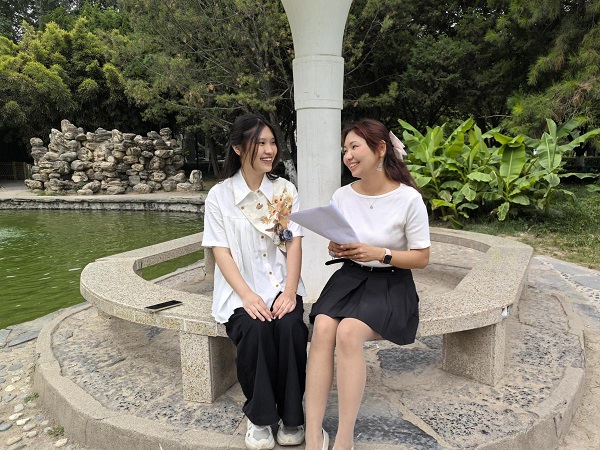XJTU makes breakthrough in PZT texturing ceramics
Scientists from Xi'an Jiaotong University have made significant progress in solving a long-standing problem related to high-performance textured piezoelectric ceramics. The research findings, titled Lead zirconate titanate ceramics with aligned crystallite grains, were published in the prestigious journal Science on April 7.
Piezoelectric materials are crucial for converting mechanical energy into electrical energy and finding applications in various fields such as medical ultrasonic diagnosis, precision drive control, deep-sea communication, and nondestructive testing. Lead zirconate titanate (PZT) ceramics, in particular, are widely used in many piezoelectric devices due to their excellent properties. However, achieving highly preferred grain orientation, known as texturing, in PZT ceramics has been a challenging task for decades.

The team of Professors Li Fei and Xu Zhuo from the university, in collaboration with other institutions, proposed a novel approach using "passivation" templates to achieve high-quality texturing of PZT ceramics. They developed a new type of barium zirconate titanate (BZT) template to replace the traditional titanate template and designed a multilayer structure of the PZT matrix with non-uniform distribution of Zr4+ content. This allowed the seed crystal template to induce directional growth of grains in the PZT matrix, resulting in PZT textured ceramics with grains along the preferred orientation.
The textured PZT ceramics exhibited excellent piezoelectric and electromechanical coupling properties, with piezoelectric coefficients, electromechanical coupling coefficients, and Curie temperature surpassing existing limitations. This breakthrough not only opens up new opportunities for high-sensitivity sensors and transducers but also provides a fundamental understanding of the relationship between structure and performance of ferroelectric materials like PZT.
The research was led by Xi'an Jiaotong University, with Li Jinglei as the first author and Professor Li Fei as the corresponding author of the paper.

